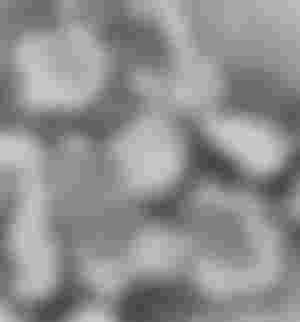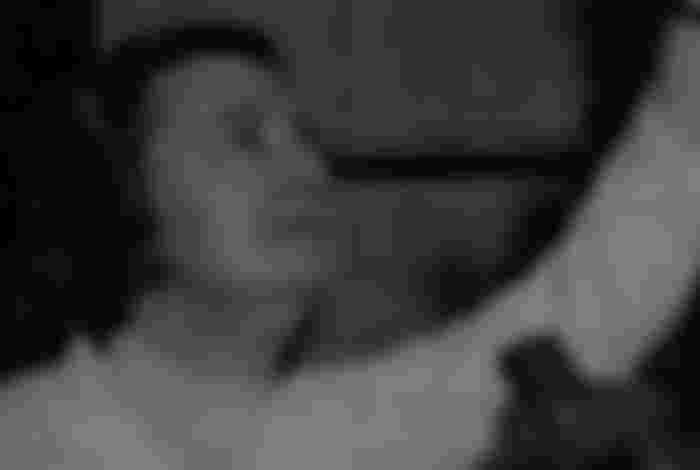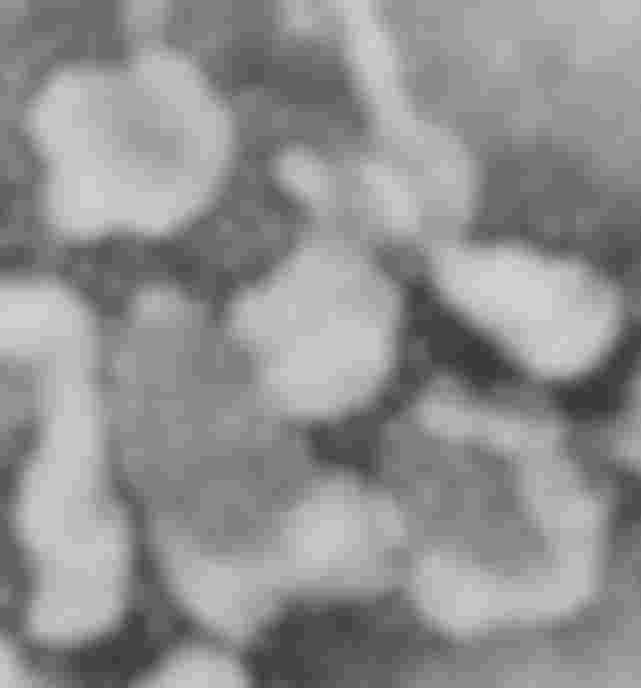When June Almeida peeked into her electron microscope in 1964, she and her colleagues spotted a gray dot covered in tiny "teeth." What she saw later became known as the corona virus, and Almeida played a key role in identifying it.

Born as June Hart, she lived with her family in Glasgow, Scotland, where her father worked as a bus driver. June was an excellent student and had the ambition to enroll in college, but she had no money. At the age of 16, she gave up formal education and began working as a laboratory technician at the Royal Hospital in Glasgow. Her job was to use a microscope to analyze tissue samples.
After moving to London, she did a similar job at St. Bartholomew's Hospital. In London, she also met her first husband, the artist Enrique Almeida. The couple moved to Canada where June got a job at the Cancer Institute in Ontario. In Ontario, June worked on an electron microscope and developed new observation techniques. She has also published several papers describing virus structures that were previously invisible. She also published the Manual for Rapid Laboratory Diagnosis of Viruses in 1979 for the World Health Organization.
A NEW WAY OF MICROSCOPIC OBSERVATION
The microscopy technique developed by June was simple, but revolutionary in the field of virology.
When working with microscopic particles, it is difficult to know exactly what to look for. Compared to an optical microscope, the electrons of an electron microscope have much shorter wavelengths than light, so they give scientists a much finer view with more detail. Although they had a more detailed picture, it was a real challenge for the scientists to recognize whether the tiny stain was a virus, a cell or something else.
To determine the existence of the virus, Almeida realized that she could use antibodies taken from previously infected individuals. Antibodies attract the antigen of a "colleague" - so when Almeida enters the antibody, they would gather around the virus - and thus show its presence. This technique has helped clinicians use electron microscopes to diagnose a viral infection in a patient.
Almeida thus identified a number of viruses, including the rubella virus, which scientists have studied for years, but she was the first to see it.
CORONA VIRUS DETECTION
When her skills were recognized, Almeida was invited to return to London. She started working at the Medical School of St. Thomas Hospital. There, in 1964, she was contacted by Dr. David Tyrell. His team had collected flu-like viruses, which they called "B814", but had trouble processing them in the lab. As their traditional methods of observation did not yield results, scientists began to suspect that B814 was a new type of virus.
Tyrell sent samples to Almeida, hoping that she could use her technique to identify the virus. "We didn't have much hope, but it was worth a try," Tyrell wrote later in his book, The Cold War: Fighting the Cold.
Although June Almeida had limited material to work on, her discoveries exceeded Tyrell's expectations. Not only did Almeida make clear images of the virus, but she also remembered seeing two similar viruses earlier in her research: one while studying bronchitis in chickens, and the other while observing liver inflammation in mice.
Almeida wrote papers on both of these researches, but both papers were rejected. Reviewers thought it was just poor quality photos of flu virus particles.
With the new samples she received from Tyrell, Almeida was sure to look into a new group of viruses.
When Almeida, her supervisor and Tyrell met to discuss the findings, they also came up with the question of what to call the new group of viruses. After observing the images, inspired by the structure of the virus, they decided on the Latin word corona, which means crown. Thus was born the corona virus.
Almeida withdrew from virology in 1985, but remained active and curious. She became a yoga instructor and developed a keen eye for antiques, which she often "hunted" with her second husband, Philip Gardnerm, also a retired virologist.
Before she died in 2007, at the age of 77, Almeida worked at St. Thomas as a counselor, where she helped obtain the first high-quality images of the HIV virus.
Hugh Pennington, a professor of bacteriology at the University of Aberdeen, who described Almeida as his mentor, wrote: "She is, without a doubt, one of the most outstanding Scottish scientists of her generation, but unfortunately, largely forgotten."

Scientists still use her methods to identify viruses, and the COVID-19 pandemic once again reminded us all of the importance of her work. More than fifty years after she first saw the corona virus through a microscope, her work is more relevant than ever.


So far I didn't know anything about this, I think the crown will last a long time between us unfortunately